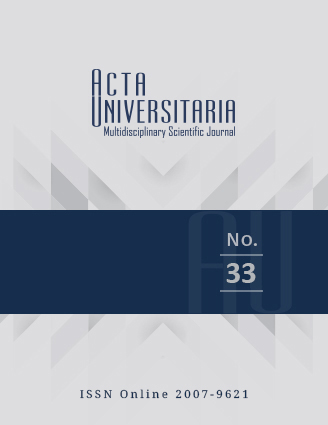Consumption and main dietary sources of polyphenols in graduates of a bachelor’s degree in Nutrition from a public university in southeastern Mexico
Published 2023-09-13
How to Cite
Abstract
There are few studies on polyphenol (PF) consumption in Mexicans, including health professionals. The objective was to determine the consumption of total polyphenols and subclasses in graduates of the bachelor's degree in Nutrition of a public university in southeastern Mexico. A 24-dietary recall (RD-24) was used as a data collection instrument; as well, the Phenol-Explorer and the United States Department of Agriculture (USDA) databases were used. Additionally, foods with higher PF content and foods absent in the databases were identified. The consumption of total polyphenols was variable (1216 mg/day in average), but it was higher than that reported in Mexico, in Yucatan, and even in some European countries, exceeding the amount associated with lower cardiovascular risk (1170 mg/day). The consumption of flavonoids and phenolic acids was low, while the consumption of lignans and stilbenes were infrequent. Some local foods are absent from the databases used.


